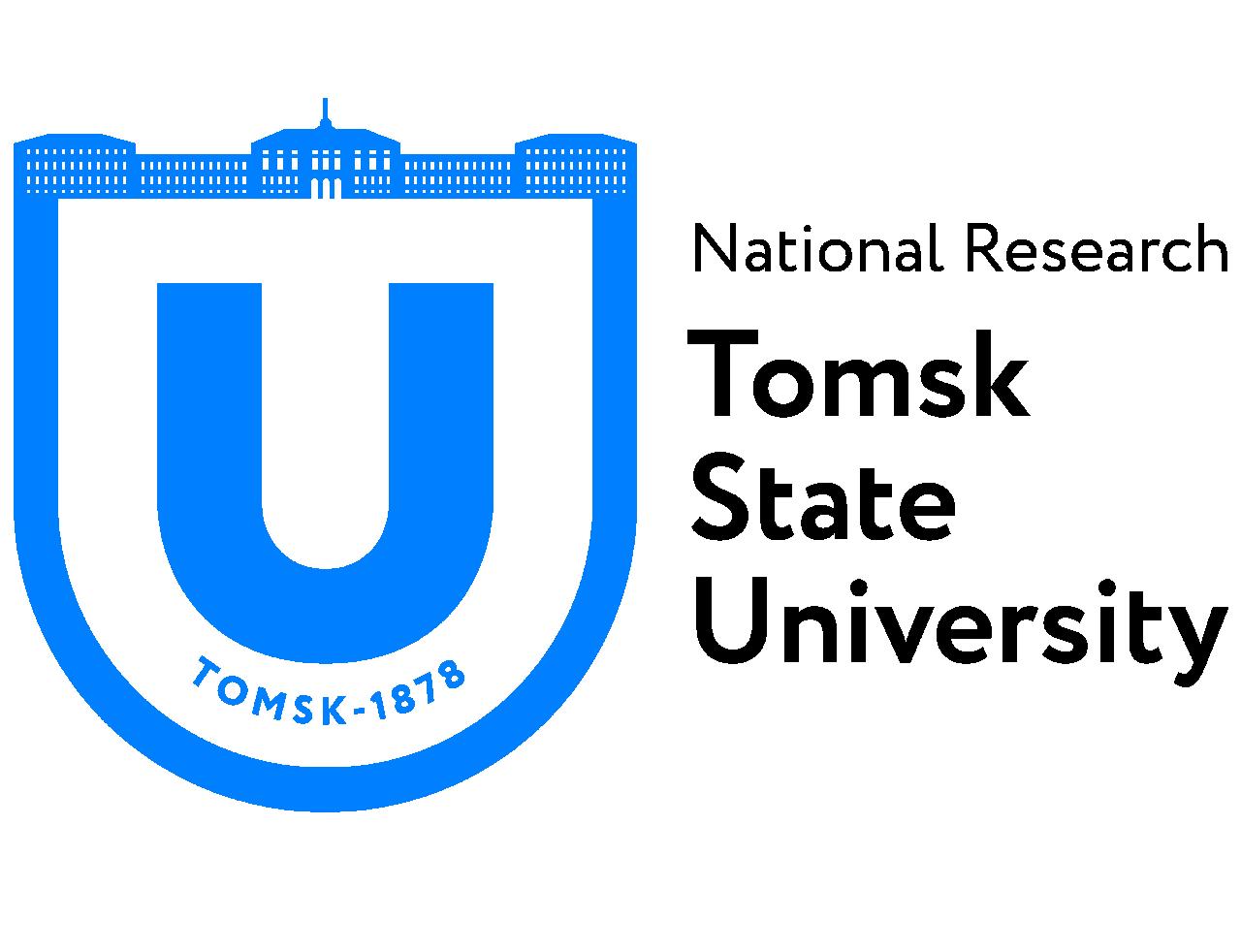Tomsk State University: TSU Biologists analyzed microplastic in Russian rivers
Scientists from the TSU Biological institute have finished analyzing samples of river water collected during an expedition last year. The data from 10 rivers of the Ob-Irtysh basin and the Volga, Pechora, and Northern Dvina basins will help assess the amount of microplastic in rivers and find out the routes of its migration towards the inner seas of Russia and then into oceans worldwide.
“Research groups all over the world are trying to find the sources of microplastic pollution in the world ocean,” says Julia Frank, head of the TSU Laboratory of Industrial Microbiology. “Currently, we don’t know a lot about actual microplastic concentration in the Russian rivers and their role in transferring plastic particles over distance. This research will enable us to determine significant routes of microplastic transfer and understand the role of rivers in this process.”
Tо get the necessary data, scientists from TSU Biological Institute have collected samples of surface water from ten major rivers. They analyzed synthetic particles found in the samples using a stereomicroscope equipped with a digital camera and estimated the average microplastic concentration, then classified particles by size and shape. It is important to know the morphology of the plastic particles to find out their potential source.
“The concentration varied from от 4.56 ± 1.50 pieces/cubic meter in the Ishim (the Ob tributary) to 76.0 ± 44.0 pieces/cubic meter in the Vychegda (the Northern Dvina tributary). The Tom River has less than 35 pieces/cubic meter, which is 50% of what is found in the Northern Dvina tributary,” explains Julia Frank. “The size of the particles is from 300 to 1000 microns (51-94% of all the particles), except for the Tobol, where microplastic particles are smaller in size.”
Microparticles of uneven shape are the most common in most of the rivers, except for the Irtysh, Vychegda, and Kama, where microfilms prevailed. As TSU biologists explain, these differences stem from the different sources of microplastic in the rivers. Microbeads and microfibers appear in rivers with domestic wastewater or from industrial sources, and microfragments appear as a result of the degradation of bigger plastic objects and come from shore pollution.
Biologists will analyze the morphology of particles and their composition further, which will help identify the sources of pollution. To assess the quantity of microplastic flows, the scientists will conduct a spatial-temporal study (monitoring). Two of the largest Russian rivers, the Yenisei and Ob, will be monitored soon.
The results were presented at the World’s Large Rivers Initiative Meeting led by UNESCO. This forum aims to analyze the state and future development of the world’s large rivers to save water resources for future generations.
The demand for professionals who can assure the planet’s sustainable future and its safety is increasing every year. In September 2021, TSU Biological Institute begins the first online master’s degree program on bioremediation and monitoring in Russia. The program’s graduates will be able to use methods of biomonitoring and modern biotechnologies to restore ecosystems by clearing soil, water, and air from technogenic pollution.

